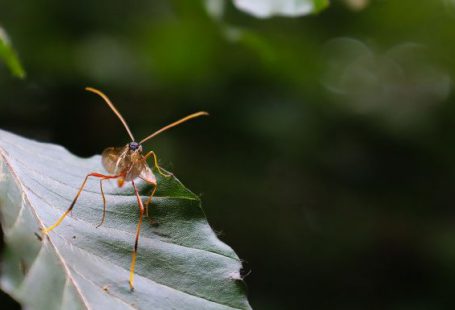In an era of rapid urbanization, the natural world often takes a backseat to the sprawling concrete jungles that dominate our landscapes. As cities expand and populations grow, the delicate balance between human development and the preservation of terrestrial ecosystems becomes increasingly important. Finding harmony between the two may seem like an insurmountable challenge, but with careful planning and innovative solutions, it is possible to create sustainable urban environments that coexist with nature.
The Impact of Urbanization on Terrestrial Ecosystems
Urbanization has a profound impact on terrestrial ecosystems. As cities expand, natural habitats are destroyed to make way for buildings, roads, and infrastructure. This loss of habitat leads to the displacement and fragmentation of wildlife populations, disrupting their natural behavior and migration patterns. Additionally, the increased impervious surfaces in urban areas, such as concrete and asphalt, contribute to the phenomenon of urban heat islands, where temperatures are significantly higher than in surrounding rural areas.
Preserving Biodiversity in Urban Spaces
Despite the challenges posed by urbanization, there are ways to preserve biodiversity and promote the existence of terrestrial ecosystems within urban spaces. One approach is the creation of green corridors or wildlife corridors that link fragmented habitats, allowing wildlife to move freely between different areas. These corridors can be created by integrating green spaces, such as parks and gardens, into the urban landscape. By providing suitable habitats and food sources, these green spaces can support a wide range of plant and animal species.
The Role of Urban Planning and Design
Urban planning and design play a crucial role in creating sustainable and ecologically friendly cities. By incorporating green infrastructure into urban development plans, such as green roofs, vertical gardens, and permeable pavements, cities can mitigate the negative impacts of urbanization. These features not only provide additional habitat for plants and animals but also help to reduce stormwater runoff, improve air quality, and lower urban temperatures. Furthermore, incorporating natural elements into building design, such as using sustainable materials and incorporating natural lighting and ventilation, can enhance the overall well-being of city dwellers.
Community Engagement and Education
Engaging the community and raising awareness about the importance of terrestrial ecosystems is vital in achieving harmony between urbanization and nature. By involving residents in conservation efforts, such as community gardening and tree planting initiatives, cities can foster a sense of ownership and responsibility for the environment. Educational programs and campaigns can also help to inform the public about the value of biodiversity and the role they can play in preserving it. By building a sense of connection and appreciation for the natural world within urban populations, we can create a culture of sustainability that supports the coexistence of humans and wildlife.
The Way Forward
As urbanization continues to reshape our world, it is crucial that we prioritize the preservation and restoration of terrestrial ecosystems. By implementing sustainable urban planning and design, creating green spaces, and engaging the community, we can find harmony in our concrete jungles. By integrating nature into our urban environments, we can create cities that are not only livable for humans but also provide a home for a diverse array of plant and animal species. Together, we can build a future where urbanization and nature coexist in harmony, ensuring a sustainable and vibrant planet for generations to come.





